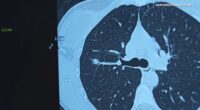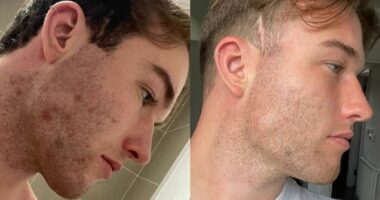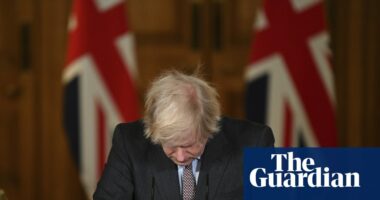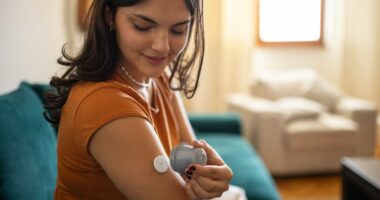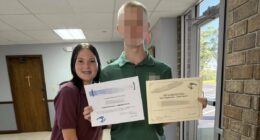Share this @internewscast.com
In a breakthrough discovery, researchers have identified unusual formations in the blood of long Covid patients that could be linked to persistent symptoms like brain fog and fatigue.
The enigma of long Covid has puzzled scientists since the onset of the pandemic. However, the identification of distinctive biomarkers provides fresh insight into two prevailing theories, which might both hold validity.
One theory posits that long Covid is driven by tiny blood clots that impede blood circulation. The other suggests that sticky DNA webs might contribute to similar disruptions in blood flow.
Though research is still in its early stages, there is growing optimism among medical experts. Unraveling how these blood components interact with long Covid could potentially lead to effective treatments and, perhaps, a cure.
Normally, NETs, which are networks of DNA and proteins, dissolve after performing their biological functions. However, in the studied samples, these DNA webs were found embedded within the microclots, forming tough, adhesive structures. These formations could block capillaries and resist the body’s efforts to clear them.
The research team employed sophisticated techniques such as imaging flow cytometry and fluorescence microscopy to detect these complex clots. They found the combination of NETs and microclots was present in all blood samples, with a marked prevalence in those from long Covid sufferers.
The difference was so significant that when the samples were anonymised, an AI system could identify the long Covid patients with approximately 91% accuracy. This suggests the possibility of a potential biomarker to assist doctors in diagnosing a condition that’s often dismissed because standard tests return ‘normal’.
In 2021, Pretorius’s team initially highlighted microclots in long Covid; in 2022, Thierry’s group reported elevated NETs. Now, combining those threads, the new study suggests the two may be collaborating in the blood – and when that partnership goes rogue, trouble ensues.

